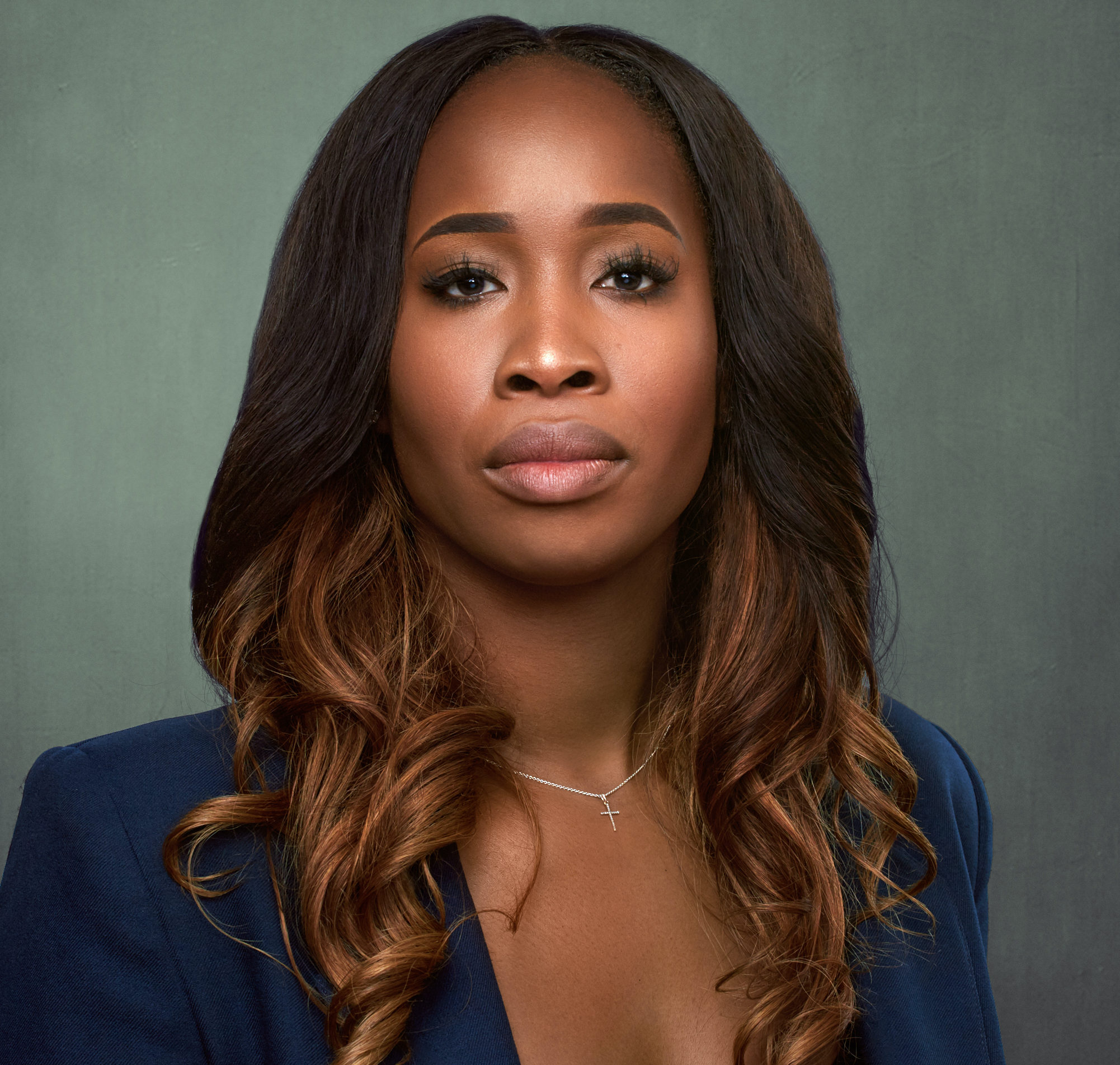At Google, we build products for billions of users around the world, and we feel a deep responsibility to ensure that everyone sees themselves positively represented in the stories we tell. Our approach to inclusive marketing is guided by this mission. We cast a net for our stories as wide as our user base. We tell stories that feel real to people and demonstrate our understanding that most of them have backgrounds and experiences much different from our own.
Our marketing teams don’t see this as “multicultural marketing.” For us, it’s marketing in a multicultural world. As our chief marketing officer, Lorraine Twohill, has said, “We don’t have all the answers. We are on a journey of becoming inclusive marketers, and we have a long road ahead of us.” In an effort to move us all forward together on this journey, Lorraine has shared the following learnings that guide our work:
• BUILD TEAMS THAT REFLECT THE WORLD AROUND YOU.
This practice embeds diverse perspectives at the outset and throughout the creative process. Even so, everyone on the team is responsible for getting it right and for making inclusion an integral part of their thinking. In parallel, work with partners and agencies who also care about inclusion and who can bring diverse perspectives to the work. Foster an environment of psychological safety, so that everyone can speak freely.
• HERO DIVERSE STORIES.
Challenge yourself and your team to hero a different group and experience in every piece of marketing. Consider the body of work that you’re contributing to, and embrace the opportunity to make it more representative of the multidimensionality of your users and their experiences.

Building For Everyone will be released September 1, 2020.
• STRIVE FOR AUTHENTIC, RELATABLE STORYTELLING.
Tell real stories as much as possible. If you fictionalize, base it in deep user and cultural insight. Your mission is to tell stories that ring true with all users. Authenticity and relatability are key, so lean on insights and testing to help you get it right.
• CHALLENGE STEREOTYPES.
Pursue positive portrayals that directly challenge common preconceptions and stereotypes. As Lorraine puts it, “No more women in the kitchen, please!” Bring diverse perspectives to the table that challenge stereotypes. Then, move beyond stereotypes to authentic, multidimensional portrayals. One of the best ways to do this is to use real footage filmed by everyday people.
• THINK BEYOND CASTING.
Casting underrepresented groups isn’t enough. Make sure every aspect of the creative represents their experience. Consider story, setting, music, voiceover, family dynamics, wardrobe, food, product portrayal, etc. And don’t forget about the people behind the camera: the editors, producers, directors, and collaborators. They often make all the difference.
•UNDERSTAND YOUR BRAND’S ROLE.
Know the cultural and brand context around those whose stories you’re telling, and make sure the brand can credibly and positively participate in the conversation. Inclusive marketing is a fundamental brand commitment, not a PR opportunity, so the brand shouldn’t be the hero.
• HOLD YOURSELF ACCOUNTABLE.
Track and audit your work over time to understand where you are making progress and where you may be falling short. Google uses a combination of machine learning and manual reviews to track progress. This approach has uncovered new learnings that continue to shape how our teams think about inclusion. For example, a recent audit showed 23% of the people in our U.S. ads were Black but that we were casting a disproportionate number of interracial couples, mostly light-skinned individuals, and putting people in stereotypical roles, such as dancing and playing music and sports. Having that insight helped us develop a plan to improve going forward.
These guidelines help to frame how all marketers should think about and approach their work.
Excerpted with the permission of the publisher, Wiley, from Building For Everyone by Annie Jean-Baptiste. Copyright © 2020 by John Wiley & Sons, Inc. All rights reserved. This book is available wherever books and ebooks are sold.














































